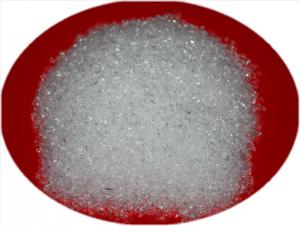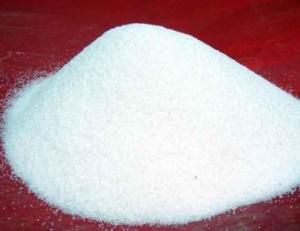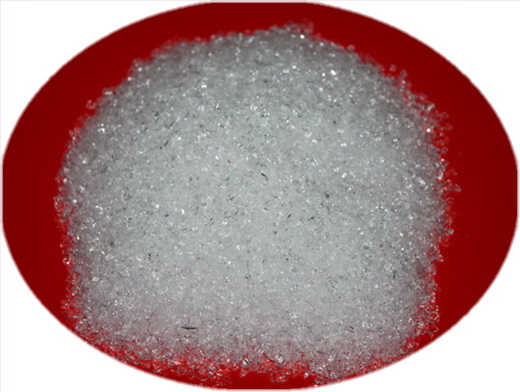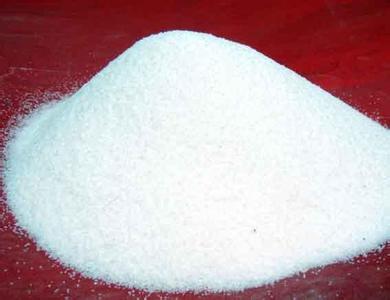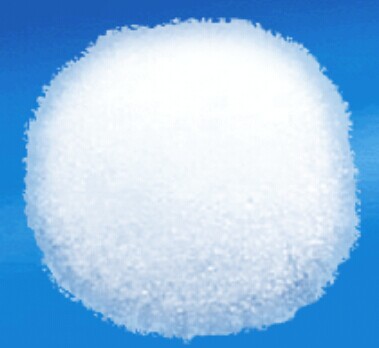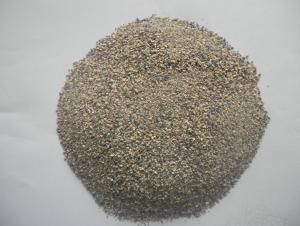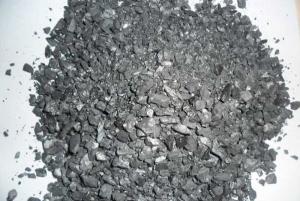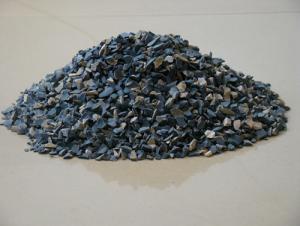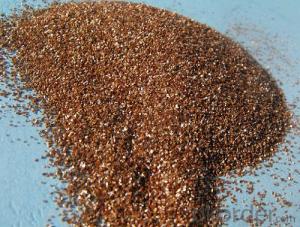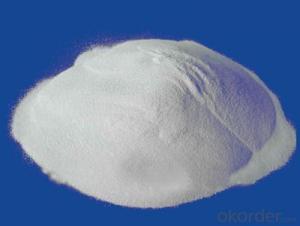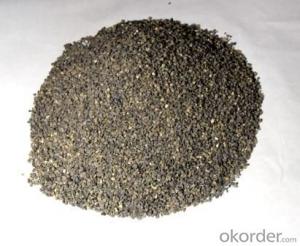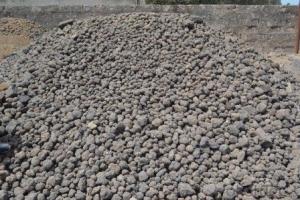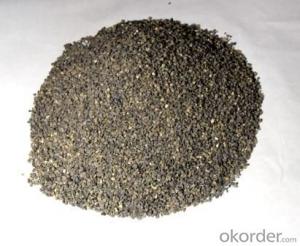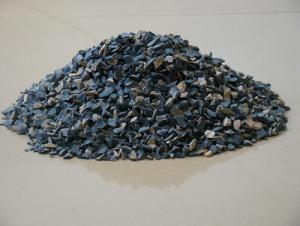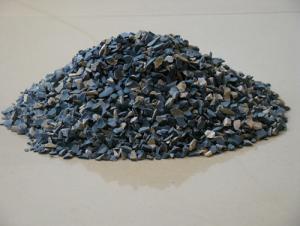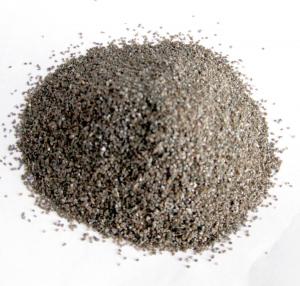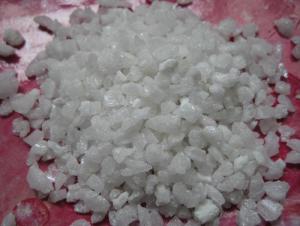Raw Materials for Refractory:Fused Silica Powder 250mesh
- Loading Port:
- China Main Port
- Payment Terms:
- TT OR LC
- Min Order Qty:
- -
- Supply Capability:
- -
OKorder Service Pledge
OKorder Financial Service
You Might Also Like
PRODUCT INFORMATION | |
Item | Fused Silica Powder |
Size | D50=9~11um |
Application | Epoxy insulation encapsulant material / Epoxy Molding Compound (EMC), Copper Clad Laminate (CCL), Electromagnetism Industry, Electronic Industry, Ceramic Industry, The Aerospace Industry, Glass Industry, Plastics Industry, Grinding Material Industry, Coating Industry, Investment Casting Industry, Thermal Insulation Product of Calcium Silicate, Refractory Material |
Model No. | R610 |
MOQ | 5 ton |
Material | natural silica rock after melting |
H.S. CODE | 25061000 |
PRODUCT CHEMICAL COMPOSITION AND PHYSICAL PROPERTIES | |
SiO2 | >99.99% |
Al2O3 | <0.015% 1000ppm |
Fe2O3 | <0.002% 50ppm |
Density | 2.2 |
Whiteness | >92% |
Moisture content | <0.05% |
Mohs hardness | 6.5 |
Igniting loss | <0.12% |
Appearance | powder |
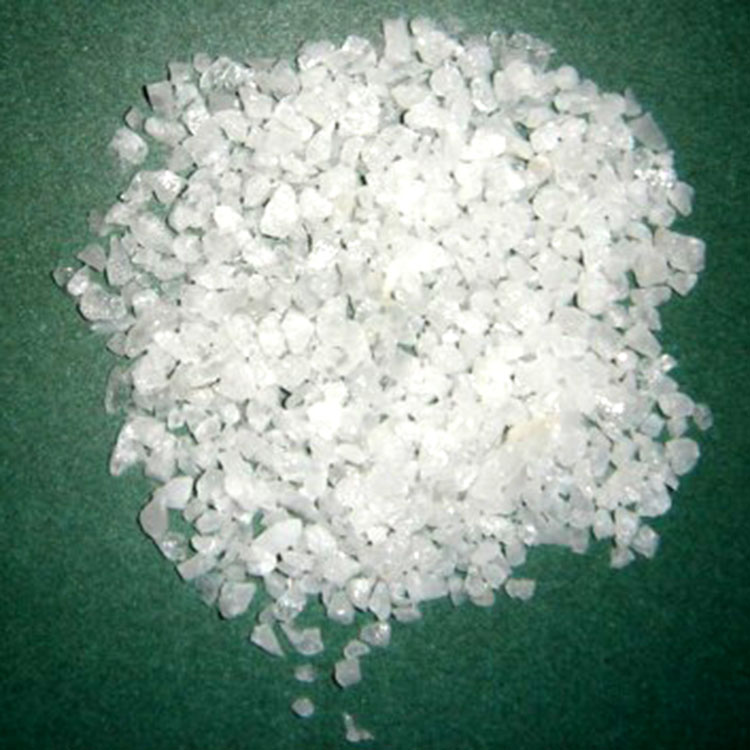
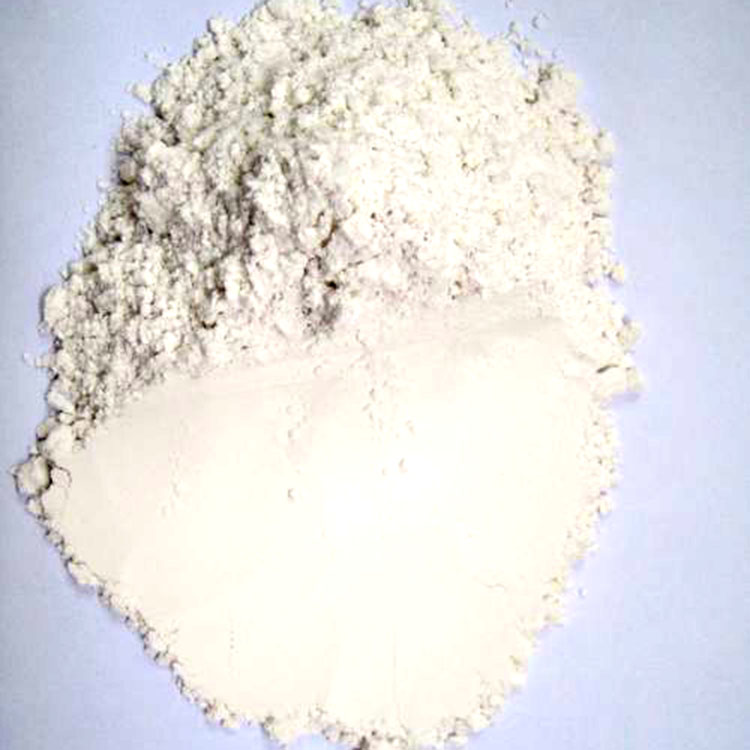
- Q: I wanna ask that magnesium oxide is refractory?
- Magnesium oxide is used in refractory material, because it has the following characteristics and properties: 1, high stability: Anti-oxidation, anti-reduction, thermal decomposition; 2, high melting point, 2800 degrees; 3, low prices. In particular, the stability and melting point is very good, I hope I can give you help.
- Q: What are the models of refractory cables?
- The models of refractory cables: NH-KVV22 copper core flame-retardant PVC insulated and fire retardant control cables with steel belt sheath NH-KVVRP copper core flame-retardant PVC insulated and fire retardant shielding control cables with steel braiding sheath NH-KVVP2 copper core flame-retardant PVC insulated and fire retardant shielding control cables with sheath and steel belt wrapping NH-KVVRP2 copper core flame-retardant PVC insulated and fire retardant shielding soft control cables with sheath and steel belt wrapping NH-KFF copper core fluorine plastic insulated and fire retardant control cables with sheath NH -KFFR copper core fluorine plastic insulated and fire retardant soft control cables with sheath NH -KFFP copper core fluorine plastic insulated and fire retardant shielding control cables with sheath and copper wire braiding
- Q: Physical and chemical indicators of various refractory.
- please read"Refractories Standard Series" for refernece, general business standards are higher than the national standard.
- Q: About the market issues of thermal insulation material and refractory material.
- After all, most people have the characteristics of being accustomed with something and it will not change easily ; second, the South has few material manufacturer, but in the Northeast, there are thermal insulating and refractory material manufacturers, which is in shortage, however, but irt is in the minority, and in many areas it is not suitable for exploitation of mineral (due to heavy industry and agriculture land and other reasons). I hope that my answer will help you. first, in the Northeast, the refractory material is not very rich, but the thermal insulating and refractory material demand is very large; third; fourth, which material is used more relived, after all, we should take the transportation costs into account, and it will depend on the kilns construction engineers being willing to use which kind of material, and the thermal insulation material procurement in northeastern region is mostly from the north.
- Q: What a blast furnace refractories generally?
- refractories for blast furnace include carbon brick and silicon-aluminum refractory. BF carbon brick inlcudes half-carbon charcoal bricks, microporous charcoal brick, ultra porous charcoal bricks, graphitic brick and mould pressing charcoal brick. tiles and molded graphite small charcoal bricks. I hope my answers above are helpful to you and your ideal anwers.
- Q: What refractories are accessible with ease in daily life? This material is suitable as a disposable mold and crucible for melting brass.
- The refractory that you want is high temperature furnace which you can buy from the market.
- Q: What's the material of electrical fire prevention board?
- Electrical fire prevention board uses the material of inorganic binders, which mainly includes water glass, gypsum, phosphate, and cement; refractory mineral fillers: alumina, asbestos powder, calcium carbonate, perlite, cornstarch and etc.; electrical fire prevention board is mainly aimed at fire protection and thermal insulation. Iron plate is electrically conductive with good thermal conductivity, which will cause the result that the equipment is not insulated and suffers larger superheating surface. Hope my answer is helpful for you.
- Q: What is the magnesium carbon refractory?
- The composition of refractory brick raw material There are many types of refractory brick raw materials, mainly divided into six categories: Soil, stone, sand, mineral, power and others. One of the original material, soil: Aluminum, kaolin, clay, diatomaceous earth The second raw material, Stone: fluorite, kyanite, andalusite, forsterite, vermiculite, mullite, pyrophyllite, chlorite, dolomite, sillimanite, magnesia-alumina spinel, silica The third kind of raw material, sand: Pottery, zircon sand, quartz sand, magnesite The fourth kind of raw material, ore: Chrome ore The fifth kind of raw material, powder: Aluminum powder, silica powder, silicon powder The sixth kind of raw material of refractory brick, others: Asphalt, graphite, phenolic resins, perlite, cenosphere, sialon, corundum, silicon sulfate, silicon carbide, sodium silicate, silica solution, boron carbide, calcium aluminate cement, nitride material, shale ceramisite, alumina, alumina sol and zirconia, etc.
- Q: Can polystyrene foam color steel plate be used as decorative fireproofing material ?
- As far as I am concerned, polystyrene foam color steel plate cannot be used as decorative fireproofing material. Because polystyrene flame retardant and non-flame retardant of the points, from the fire retardant is generally self-extinguishing. Polystyrene is the polymer synthesized by styrene?monomer through free radicals polycondensation reaction. It is a transparent thermoplastic?plastic. With above 100 ℃ glass transfering temperature,it is often used to make a variety of disposable container and disposable foam lunch box which have to withstand the boiling water temperature.
- Q: what should be paid sttention when buying the refractory?
- solve the resources and the cost as much as possible. Accurate understanding and knowing the material temperature changes of various partsin order to choose the appropriate refractories. 4: 3, work performance, for example, take measures to ensure the overall life, and it is a very good buying principles: melting in high temperature metal erosion. These are the four major problems to consider when using refractory. You can choose low prices and low transportation costs of materials to meet the basic principles under the conditions described above. 2.carefully observe the material to prevent the desturction and reducing the costs. according to the structure of furnace, reasonable coordination of all parts of the material, fully take the advantages of material characteristics and strive to develop the recycle, to avoid the destruction of the materials.1. the working characteristics and the sport condition and analyze the reason of destroying the material, which can not only gurantee the product quality and reduce the expenses, get familiar with the chemical component and physics of the material.
Send your message to us
Raw Materials for Refractory:Fused Silica Powder 250mesh
- Loading Port:
- China Main Port
- Payment Terms:
- TT OR LC
- Min Order Qty:
- -
- Supply Capability:
- -
OKorder Service Pledge
OKorder Financial Service
Similar products
Hot products
Hot Searches
Related keywords
